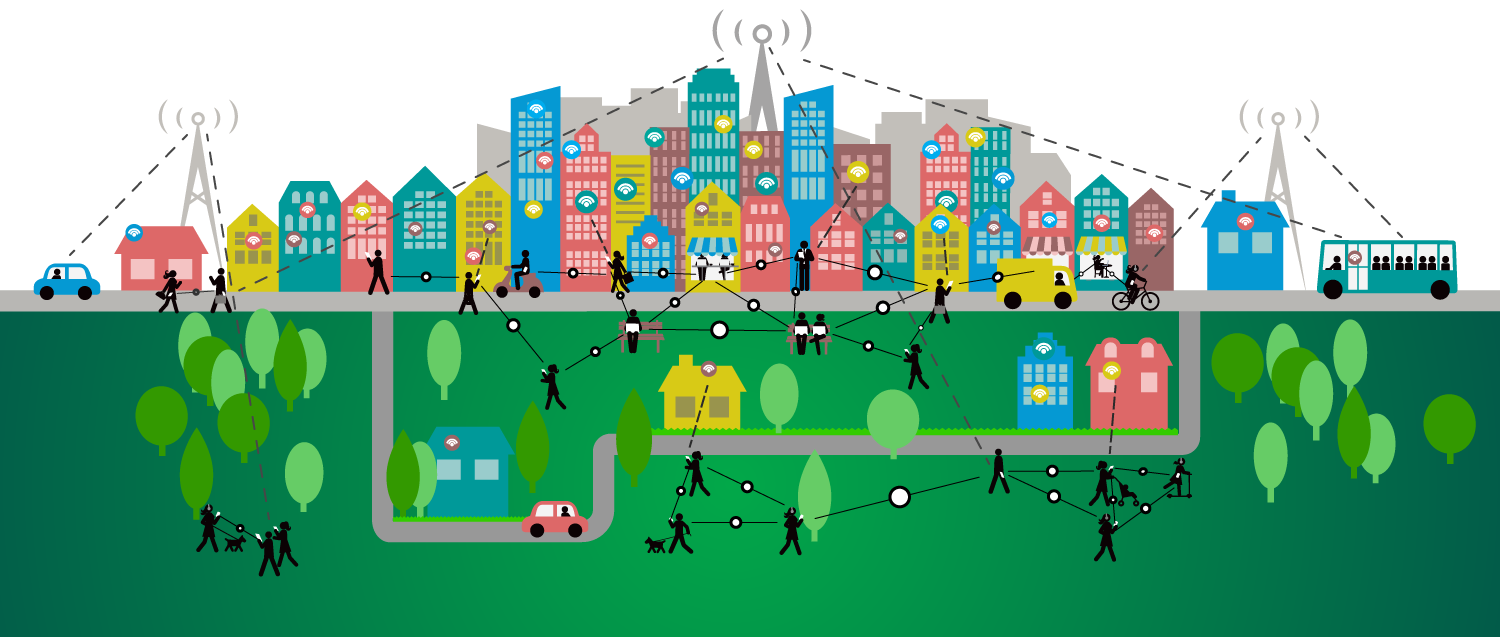I was recently catching up on old hindi movies in a ?movie marathon? with my parents. It evoked a lot of nostalgia in my parents who fondly reminisced about the city scapes in the movies and how the world around has transformed since then. I guess the most prominent or evident symbol of change are buildings / architecture / city skyline (and of course the smart phone obsessed generation).? Enabled by technology, the world is transforming at a much faster pace than ever before. In recent times, the Bollywood heroes have transformed into globe ?trotting, affluent, suave achievers and our Cityscapes have transformed to include skyscrapers and metro rails.
Taking a cue from the transforming environment around me, I believe the smart city concept is a move in the right direction to enable Indian cities to leapfrog into the Global cities? standards. Though the definition of smart city is flexible based on the level of development and other factors, the smart cities mission have identified four development ?Pillars? ? institutional, physical, social and economic infrastructure. According to smart cities mission, ?The focus is on sustainable and inclusive development and the idea is to look at compact areas, create a replicable model which will act like a light house to other aspiring cities.? (Ref: Smart City Guidelines). It is indeed heartening that there are efforts being made in the right direction. I am looking forward to the days when we have easy access to ? smart solutions? with sustainable planning, intelligent traffic management, integrated multi ? modal transport systems, efficient energy management etc?With retrofitting and redevelopment in the anvil for smart cities, there will be lot of opportunities created in the real estate sector as well.
In India, Bollywood, while holding up a mirror to the society, has also played an undeniable role in shaping our psyche (in an era before social media had gained popularity – when the influencing factors were limited).In the old Bollywood movies, the attributes of prosperity, wealth and real estate ownership were rarely depicted as ?right? as these were usually associated with anti-hero and the tranquil village economy ( usually the abode of the honest, down ? to ? earth hero) ?was portrayed as a better alternate to the city. In my opinion, this sentiment was retained in our subconscious till recently (may be till at least a couple of decades ago).
With the growth in the services and technology sector, the economic, psychological, educational and sociological shift is necessary to house the growing needs of our businesses and working population. Smart cities are a symbol of that prosperity; the wealth creation needs have evolved and now need a new home to reside in..
